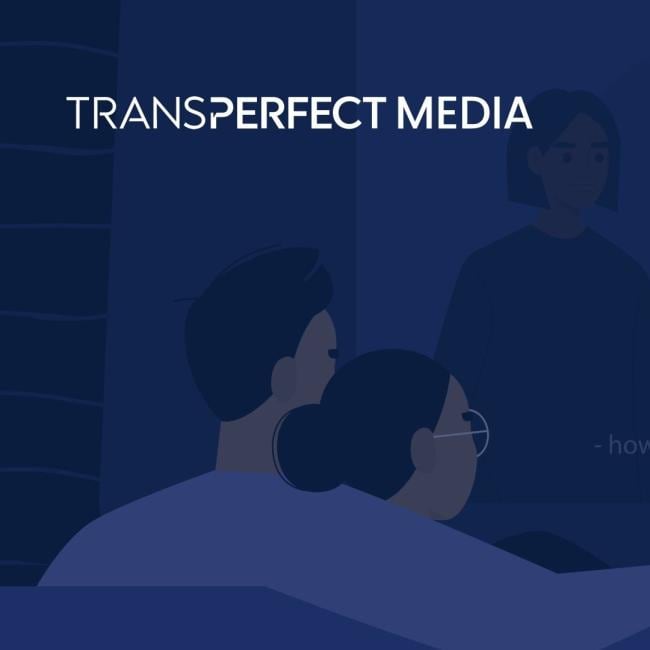How to Improve Your Tech Conference Video Content Strategy


Remember the days when hundreds, thousands, or even hundreds of thousands of people gathered together in one location?
Whether it was to learn about the release of a new application, recent innovations, or the newest and greatest product release, we haven’t been able to enjoy this type of event in what feels like forever.
In-person conferences came to a screeching halt when COVID-19 was declared a pandemic, turning these large gatherings into virtual events.
As more people get vaccinated and restrictions increasingly lift, these virtual conferences are now morphing into a hybrid model, offering virtual experiences in tandem with a physical presence.
And it looks like this new model is here to stay.
Hosting Hybrid Events
With the transition to hybrid conferences, video has become the most common form of communication to all attendees. This gives companies the ability to attract a global audience who may have not attended in the past due to travel time and expense.
The video features of virtual conferencing spans from Hollywood-quality keynotes with technology executives to power-user trainings, breakout sessions, and live interactions that allow Q&A with industry experts.
Global users and consumers in all time zones can now tune in live or watch offline in a Netflix-style on-demand environment. Virtual attendees can toggle through their relevant topics and hit pause, play, and rewind from the comforts of their home, office, or, in many cases these days, their home office.
Video Production Challenges
One of the challenges of virtual conference production is the amount of planning and effort it takes. You have to produce hundreds of specialized videos in a relatively short time-frame.
Captioning and subtitling these videos for global consumption adds another layer of complexity. This is especially so because, in most cases, you only have a few days or even hours to turn around video captions and foreign language subtitles.
For example, 90-minute keynotes have to be translated in multiple languages in less than 48 hours—a feat that can be nearly impossible without the right tools.
For one, brand consistency is incredibly important, especially in instances where the entire focus of the conference is to promote your brand. Companies must figure out how to ensure their brand voice, technical vocabulary, and brand-specific terminology are accurately represented in each target market. When volumes are high, turnarounds are short, and multiple languages are at play, this becomes an even bigger challenge.
The best process for maintaining consistency and promoting streamlined workflows includes the use of a cloud-based subtitling system. This system utilizes a glossary management tool to ensure brand voice remains strong in all target markets. To further minimize administrative burdens and shorten timelines, create a unified process using these management tools.
Real-Time Client Review
Once subtitles are created, you face the second challenge: content review.
Historically, local offices have had to undergo complicated review processes. This can involve sending videos and bilingual spreadsheets to local reviewers via email, which doesn’t help their review of the actual subtitle files in-context.
Luckily, there are other options now available to streamline this workflow.
Cloud-based subtitling platforms allow local offices to log directly into the subtitling production platform, review translation of subtitles while watching the videos in real-time, and make any adjustments directly in the platform.
In more advanced platforms, local reviewers are also able to see highlighted glossary terms and technical violations that indicate when a spec has not been properly adhered to (e.g., reading speeds and character limitations). It also captures version control and provides in-context review that mimics the consumer experience with subtitles moving along the screen and overlaid on the video.
Compared to offline review processes, utilizing cloud-based subtitling technology for local office review speeds up the time of review by more than 50%.
Ensuring Video Transfer and Production Visibility
Lastly, when managing hundreds of videos in multiple languages for a virtual conference, it is necessary to use some sort of project management dashboard.
Look for a vendor who is able to provide visibility into the production status of your assets—preferably via a cloud-based dashboard that is updated in real time. It’s a huge bonus if they are integrated with secure file transfer technology, such as IBM’s Aspera or Signiant’s Media Shuttle. This ensures your videos can be shared quickly and securely.
How MediaNEXT Can Help
As you begin planning hybrid conferences in 2021, remember that subtitling or captioning your videos, no matter the length or turnaround time, is achievable in today’s environment. All you need is a localization partner who’s equipped with cloud-based technology.
At TransPerfect, we have developed MediaNEXT—a content agnostic cloud-based platform that treats all lengths of video content equally. It was designed in-house from the ground up and brings together knowledge from all aspects of the localization industry in the form of a next-generation media localization platform.
MediaNEXT is used both internally by TransPerfect to manage and produce all media localization projects and by our clients to manage all aspects of the media localization workflow, including project submission, management and tracking, and in-context review.
To learn more about MediaNEXT, contact us here or via medianext@transperfect.com.



